Brief Summary
This course dives deep into IPv6, exploring its structure, benefits, and how it differs from IPv4. It also provides hands-on experience with real-world applications, making it perfect for students and professionals aiming to enhance their networking skills.
Key Points
-
In-depth understanding of IPv6 protocols
-
Comparison between IPv4 and IPv6
-
Configuration with RIPng, EIGRP for IPv6, and OSPFv3
-
Subnetting and structure of IPv6 addresses
-
Hands-on labs with Cisco Packet Tracer
Learning Outcomes
-
Gain a solid grounding in IPv6 and its components
-
Learn to configure routing protocols for IPv6
-
Recognize and implement IPv6 addresses in networks
-
Prepare for networking certifications and enhance job skills
-
Develop hands-on experience with simulators like Cisco Packet Tracer
About This Course
Take this course to gain an understanding on Network and Security in Cisco CCNA - specifically focusing on IPv6.
This course is approximately 4 hours in length and will cover IPv6 protocol in detail. I will compare the differences between the IPv4 to IPv6, and the benefits that IPv6 brings to the future of networking.
DISCLAIMER: Please note that the simulators/emulators used in this course are not part of the course. It is the students responsibility to have these to practice with. The Cisco Packet Tracer and/or VIRAL (Virtual Internet Routing Lab) are Cisco proprietary software and can only be obtained through Cisco. It is up to each student to obtain the simulator/emulator of their choice to study along with this course.
Students will get a thorough understanding of IPv6 and how we would implement it in a real world environment.
We will discuss the format of an IPv6 address, and breakdown the different components, like the Network Prefix, Interface ID, what each 16 bit section does and specifically the subnetting section of IPv6. We will learn about the new types of addresses that comes with IPv6, its configurations using RIPng, EIGRP for IPv6, OSPFv3 using both static assigned addresses and the EUI-64 format. We will also learn about the transition methods such as ISATAP, 6to4, and NAT-PT.
This is a lecture based course using the Touch-IT Technology Smart board, which will make learning very interactive and engaging. Hands on labs will be used to drill down the concepts learned in each lecture using Cisco’s Packet Tracer.
My method will make you feel like you are sitting in a classroom environment and give the most needed hands on experience!
Handouts will be available to facilitate learning and practice.
This course will help the student become familiar with the use of IPv6, recognizing IPv6 addresses and how to implement them in your environment…but it will also help in preparing for any networking certification or Computer Science Degree; not to mention the fact that for those already in the field, it will further improve routing decisions in their particular networks.
Once you finish my course, you will have a strong grasp on the concepts of IPv6 and methods to use in different networking environments.
The understanding of IPv6 is an essential element for any Networking and/or IT Professional.
You will be able to configure any of the routing protocols discussed using IPv6.


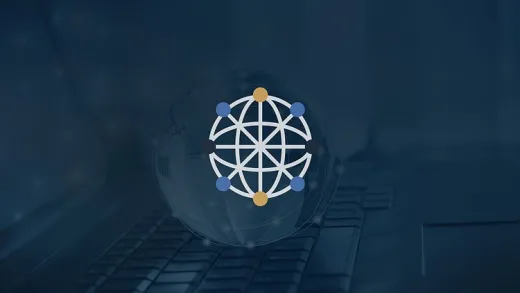

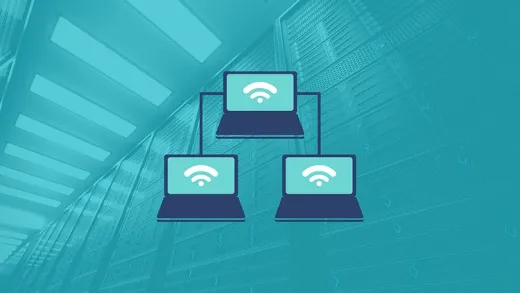
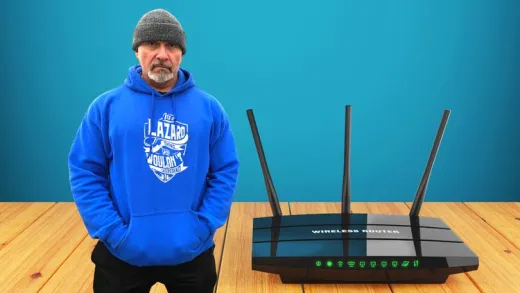
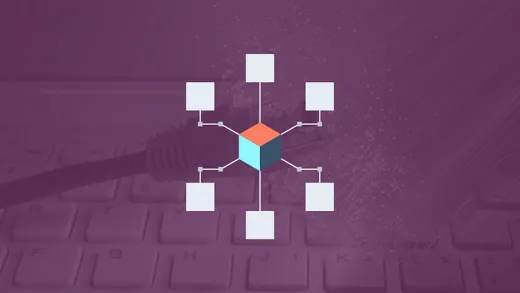
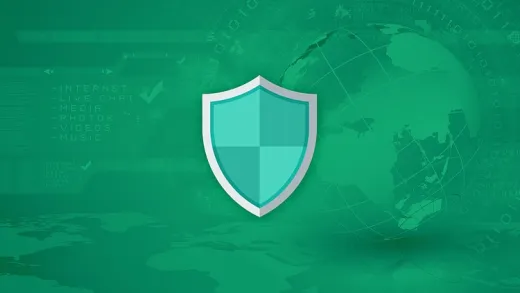

Vinicius D. O. S.
Curso bem básico.carece de mais fluidez e exemplos para ser 5 estrelas